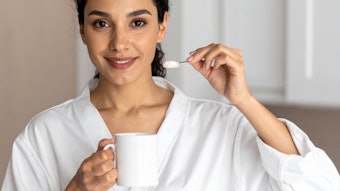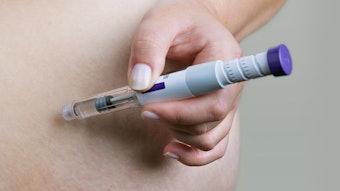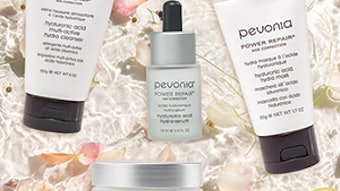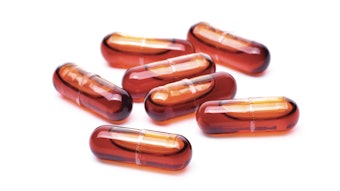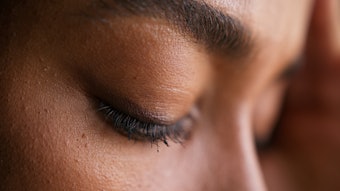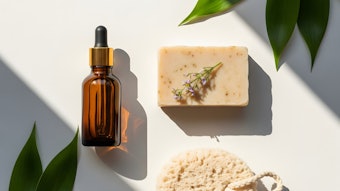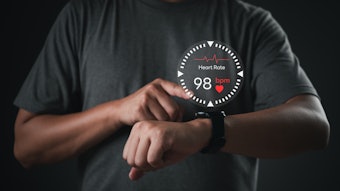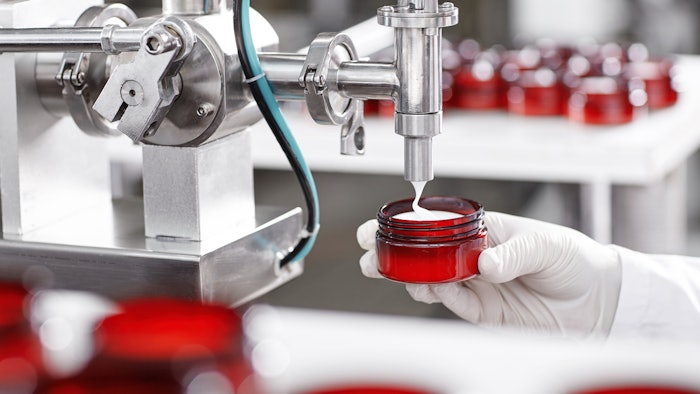
When it comes to regulating cosmetics, there is a big divider that stands between the U.S. and Europe. One reason for this discrepancy is that the EU has a more precautionary approach with laws that require manufacturers to prove that a product is safe before it can be used; the U.S. has similar rules for new chemicals entering the market, but no such precautionary principles for the thousands of ingredients already in use.
Log in to view the full article
When it comes to regulating cosmetics, there is a big divider that stands between the U.S. and Europe. One reason for this discrepancy is that the EU has a more precautionary approach with laws that require manufacturers to prove that a product is safe before it can be used; the U.S. has similar rules for new chemicals entering the market, but no such precautionary principles for the thousands of ingredients already in use.
Related: CBD Now Regulated as Food in the UK
Therefore, many cosmetic ingredients are banned or restricted in the EU but are still allowed for use in the U.S. Following are some examples.
1. Phthalates
These chemicals are commonly used in fragrances and plastics, and have been linked to hormone disruption and reproductive issues. The EU bans the use of several types of phthalates in cosmetics, while the U.S. only bans them in children's toys and childcare products. Phthalates are often used as fragrance fixatives in personal care products like perfumes, lotions and hair sprays.
2. Formaldehyde
This preservative is a known carcinogen and is restricted in cosmetics in the EU, but is still allowed for use in the U.S. Formaldehyde is sometimes used in cosmetics as a preservative to prevent bacterial growth.
Many makeup brands have stopped using formaldehyde, but it can still be found in nail polish (most have phased out formaldehyde in their formulas), hair straightening treatments, eyelash glue, body wash and shampoo (some may contain formaldehyde-releasing preservatives like DMDM hydantoin, imidazolidinyl urea and diazolidinyl urea).
3. Hydroquinone
This skin-lightening ingredient is banned in the EU due to concerns about its potential to cause cancer, but is still used in cosmetics in the U.S. to target or reduce the appearance of hyperpigmentation. Its use in cosmetic products is controversial due to concerns about its safety and potential side effects.
4. Triclosan
This antibacterial ingredient is banned in the EU due to concerns about its impact on the environment and its potential to contribute to antibiotic resistance, but is still used in some cosmetics in the U.S. The good news is that the FDA has banned the use of triclosan and other antibacterial agents in household soap products, citing concerns about the potential for bacterial resistance and long-term health effects. Triclosan may still be found in toothpaste, deodorants and antiperspirants.
5. Methylisothiazolinone (MI)
This preservative is banned in leave-on cosmetics in the EU due to concerns about its potential to cause allergic reactions. MI is a preservative that is used to prevent the growth of bacteria and fungi in some cosmetic products including shampoos, conditioners, body washes, lotions and facial cleansers.
Related: Consumer Trust & Transparency Will Drive Clean & Sustainable Beauty Growth
Side effects of MI can include skin irritation, allergic reactions, eye irritation, respiratory problems if inhaled, headaches and dizziness. MI may contribute to environmental damage when it is released into waterways.
6. Benzoyl Peroxide
This ingredient is used to treat acne, but is banned for use in leave-on products in the EU due to concerns about its potential to cause skin irritation, allergy and bleaching of hair and fabrics.
7. Sodium Lauryl Sulfate (SLS)
This foaming agent is commonly used in cleansing products like shampoos and body washes, but is banned in the EU for use in leave-on products due to concerns about skin irritation and potential to cause cancer.
8. Oxybenzone
This chemical sunscreen ingredient is banned in the EU due to concerns about its potential to disrupt hormones and cause of allergic reactions. Oxybenzone is a common chemical sunscreen ingredient that can be found in a range of skin care products, including sunscreen lotions and creams, moisturizers and lip balms with SPF.
9. BHA (Butylated Hydroxyanisole) and BHT (Butylated Hydroxytoluene)
These preservatives are used to prevent rancidity in cosmetics and are both banned in the EU due to concerns about their potential to cause cancer and endocrine disruption. BHA, or beta hydroxy acid, is a common skin care ingredient that is used to exfoliate and treat acne; it can be found in cleansers, toners, spot treatments, serums and creams.
10. Toluene
This solvent is commonly used in nail polish, but is banned in the EU due to concerns about its potential to cause developmental and reproductive harm.
11. Parabens
Five parabens (isopropylparaben, isobutylparaben, phenylparaben, benzylparaben and pentylparaben) have been banned for use in cosmetics products in the EU since 2014. This ban was implemented because of concerns about the potential health risks associated with paraben exposure, particularly their endocrine-disrupting properties potentially leading to a range of adverse health effects.
Other parabens, such as methylparaben and ethylparaben, are still allowed for use in cosmetic products in the EU, but their concentrations are restricted. In the U.S., parabens are commonly found in lotion, foundation and plenty of other beauty products.
12. Petroleum Distillates
Certain types of petroleum distillates are banned or restricted for use in cosmetic products due to potential health and environmental concerns in Europe. For example, mineral oil and petrolatum are banned for use in products that are intended to be applied on the lips, and paraffin is restricted in its use due to concerns over potential impurities and carcinogens. Most commonly, this product can be found in mascara in the U.S.
Susanne Mitschke is the co-founder and CEO of Citruslabs, a provider of clinical trials for consumer brands. Citruslabs works with cosmetics, supplements and superfood brands, testing the safety and efficacy of these products. Before Citruslabs, Mitschke created MindMate, the No.1 health app for baby boomers that has won multiple awards and is often titled "the ultimate Alzheimer's app." She was named in Forbes 30 under 30 in 2018 and 2020.
